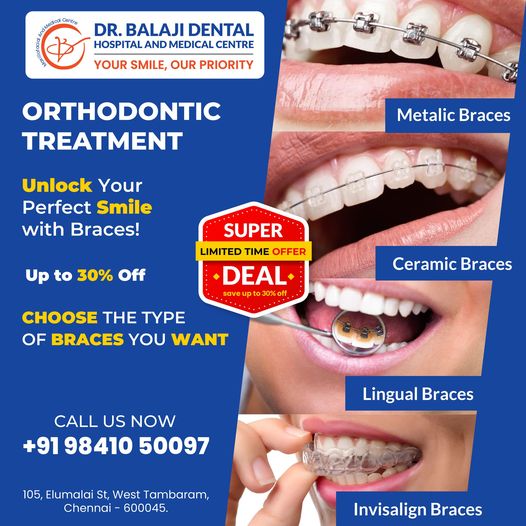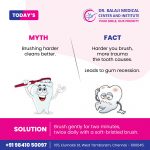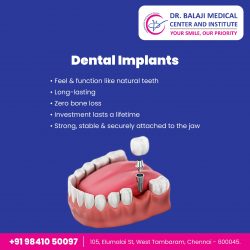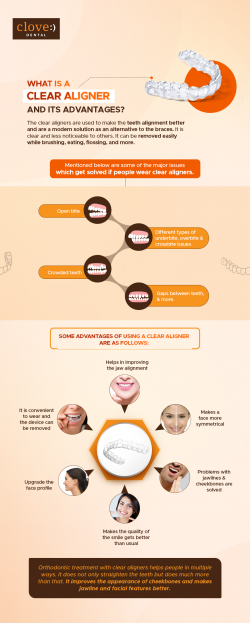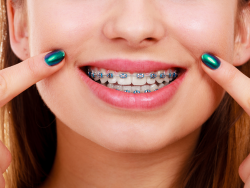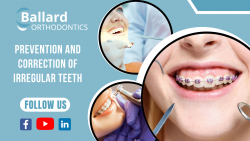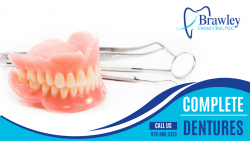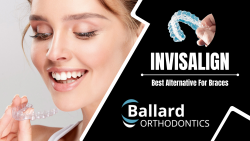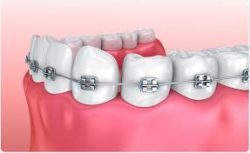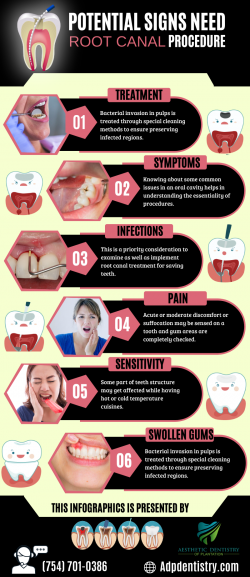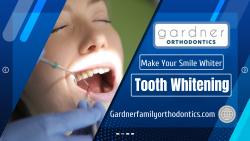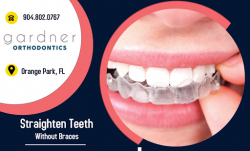Dental Braces
Dental braces are orthodontic devices used to align and straighten teeth, as well as correct bite issues such as overbite, underbite, and crossbite. They consist of brackets, wires, and bands that work together to gradually move the teeth into their proper positions over time.
Braces apply continuous pressure on the teeth, which stimulates bone remodeling, allowing the teeth to shift into the desired alignment. The brackets are bonded to the front surface of the teeth, and the wires are threaded through them and adjusted periodically by the orthodontist to guide tooth movement.
There are different types of braces available, including traditional metal braces, ceramic braces that blend in with the teeth for a more discreet appearance, lingual braces that are placed on the back of the teeth, and clear aligners such as Invisalign, which are removable trays that gradually shift the teeth.
While wearing braces, patients need to maintain good oral hygiene practices, including regular brushing and flossing, as braces can trap food particles and plaque, increasing the risk of tooth decay and gum disease.
The duration of orthodontic treatment with braces varies depending on the severity of the misalignment and bite issues, typically ranging from several months to a few years. After the braces are removed, patients may need to wear retainers to prevent the teeth from shifting back to their original positions.
Overall, dental braces can significantly improve the appearance, function, and long-term health of the teeth and jaws, providing patients with a straighter smile and better bite alignment.
